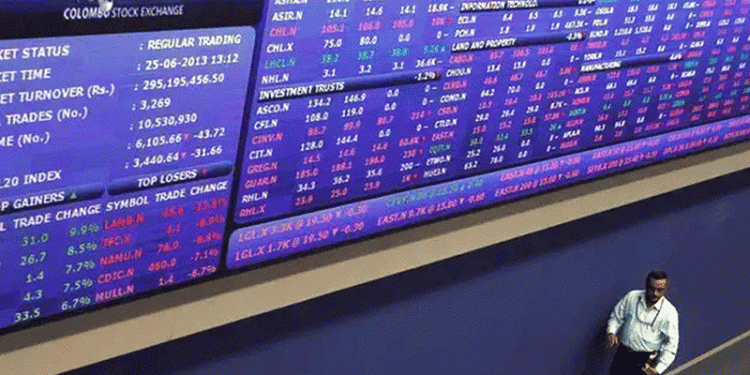By Ian Chua
SYDNEY (Reuters) – Share markets from Australia to Japan staged a relief rally on Thursday after legislators produced a last-minute deal to lift the U.S. government’s borrowing limit and dodge a potentially catastrophic debt default.
The agreement, crafted by U.S. Senate leaders, has been approved by Congress, leaving President Barack Obama to sign the bill into law. Obama has vowed to do so promptly and begin reopening the government “immediately.”
It came just hours ahead of an October 17 deadline when the Treasury Department said it would have exhausted its borrowing authority.
MSCI’s broadest index of Asia-Pacific shares outside Japan hit a fresh five-month high and was last up 0.4 percent. Tokyo’s Nikkei advanced 1.2 percent to its highest in three weeks.
But in what appeared to be a buy-on-the-rumour/sell-on-the-fact move, U.S. stock index futures actually dipped on the news, having already rallied 1.3 percent overnight on hopes that a breakthrough was imminent.
The dollar index, which tracks the greenback’s performance against a currency basket, also slipped a touch to 80.381, pulling back from a one-month high of 80.745.
The deal, however, does not resolve the fundamental issues of spending and deficits that divide Republicans and Democrats. It funds the government until January 15 and raises the debt limit through to February 7, so global markets face the possibility of another showdown in Washington early next year.
“The can has been kicked further down the road…the reset button has been pushed and we will go thought this all again in two months time,” said Evan Lucas, market strategist at IG in Melbourne.
But Lucas expected “normal trading” to return over the coming days as the earnings season gets underway.
Still, the resolution couldn’t have come at a better time for companies such as South Korean train maker Hyundai Rotem, which recently launched an initial public offering in what could be the country’s biggest share sale so far this year.
CRISIS OVER?
In the currency market, the improved risk appetite saw investors favour high-yielding currencies including the Australian dollar.
The Aussie dollar hit a 4-month high of $0.9574 and scaled a 4-1/2 month peak of 94.48 yen. It has since stepped back a notch to $0.9534 and 94.01 yen.
Against the yen, the U.S. dollar briefly reached a three-week high of 99.01, before strong selling interest knocked it back to 98.64. The euro edged up 0.1 percent to $1.3549.
Among commodities, copper slipped 0.5 percent to $7,227 a tonne, while gold traded at $1,280 an ounce — struggling to gain momentum in the absence of safety bids. U.S. crude dithered at $102 a barrel.
Many traders are already trying to get past the fiscal drama and looking to see when a backlog of U.S. economic data, including the September payrolls, will be released when the partial government shutdown is lifted.
With the manoeuvring in Washington just about over, investors will re-focus on economic news and the timeline for the U.S. Federal Reserve’s tapering of its bond-buying programme — a major driver of global assets in recent months.
The Fed stunned markets last month by opting to delay the start of stimulus reduction.
“It will be some time before we are able to get a clear read on the U.S. labour market post-shutdown,” said Westpac economist Elliot Clarke.
“But a logical expectation given recent events and the lack of a long-term solution is that we will see soft employment growth through the remainder of 2013 and into 2014.”
That, Clarke said, is likely to see the Fed maintain a dovish tilt, adding the U.S. central bank will very likely have to downgrade its 2013 and 2014 growth forecasts given the impact of the U.S. government shutdown.
(Editing by Eric Meijer)
Source: Reuters


























